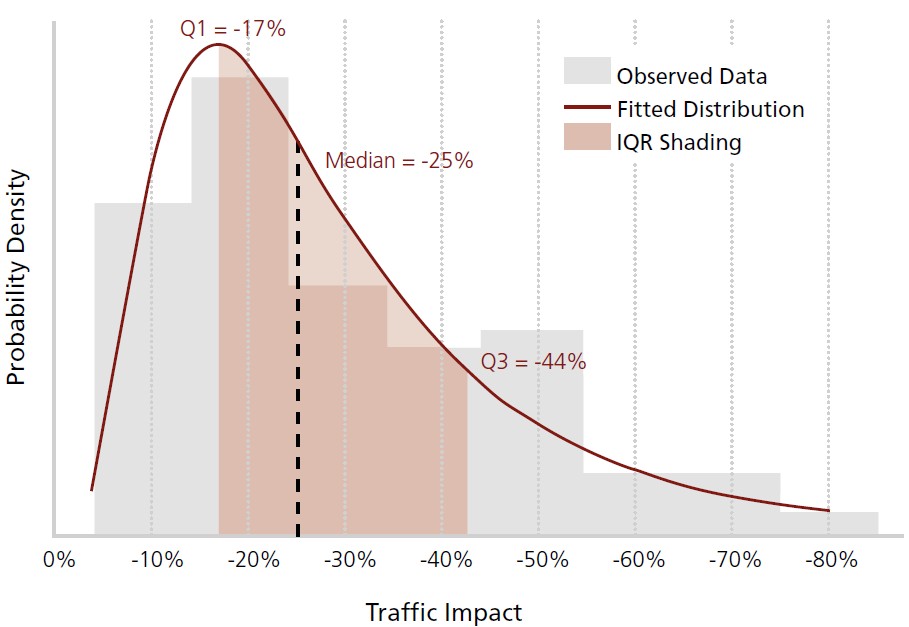

Commended in this year’s CIHT Awards, the impact of road pricing was revealed in a new report.
Join other savvy professionals just like you at CIHT. We are committed to fulfilling your professional development needs throughout your career
By John Challen
Road user charging has long been considered as an effective measure of controlling traffic levels and reducing congestion. One company that has been working in this area – and was shortlisted for a CIHT award this year – is CSRB, specifically on a study that digs deep into the subject and highlights the benefits it can bring.
“The research was prompted by growing fiscal pressure on transportation budgets, the rise of electric vehicles and declining fuel tax revenues,” explains Rob Bain, Senior Partner at CSRB. “Historically, toll price elasticity (tariff changes) was studied, but little was known about the traffic response to the initial introduction of tolls.”
To address this gap, CSRB compiled and analysed 76 international case studies – 49 ‘toll on’ and 27 ‘toll off’ – to generate more accurate data about the impact of tolls.
“Data included facility type, toll levels and availability of alternative routes or modes and a predictive model was developed to benchmark likely traffic impacts,” adds Bain.

Image: road pricing and traffic levels Chart. Credit: CSRB Group.
The dataset used by CSRB covered 16 countries across North America, Europe, Asia, Australasia and Latin America, comprising 46 urban and 30 interurban facilities (roads, bridges, tunnels, and cordons).
“Locations were chosen for breadth and data availability, building on previous small-sample studies of Portugal and North America,” says Bain. The overall goal, he states, was to compile the largest, most up-to-date international evidence base.
The conclusions of the study revealed the median impact of tolling was a 25% reduction in traffic, with an interquartile range of -17% to -44%. (see image below). “In nearly a quarter of cases, traffic diversion exceeded -45%,” Bain says. “Where no alternative routes existed, impacts averaged around -15%.”
Join other savvy professionals just like you at CIHT. We are committed to fulfilling your professional development needs throughout your career
{{item.AuthorName}} {{item.AuthorName}} says on {{item.DateFormattedString}}: